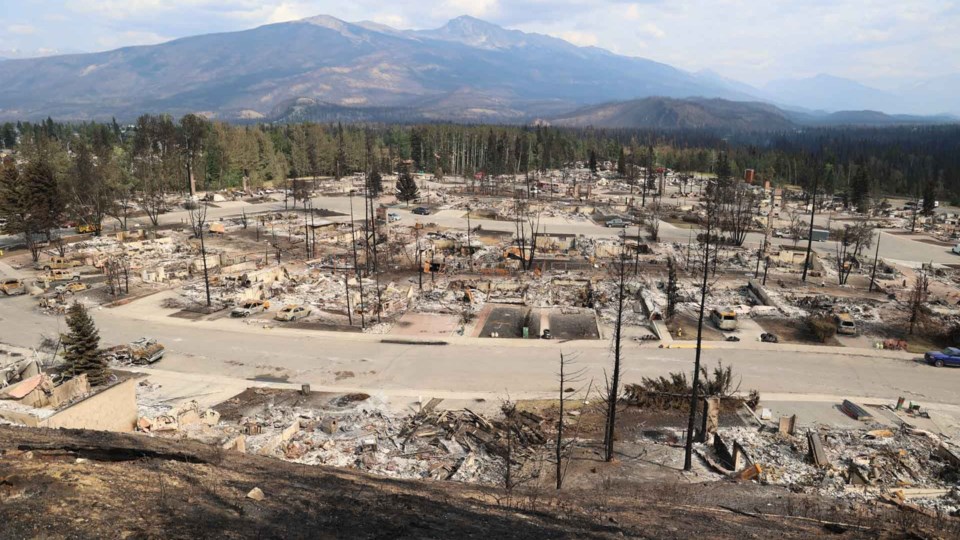The drive to rapidly build new homes in Canada is incentivizing risky developments that puts hundreds of thousands of houses in the path of floods and wildfire, a new report says.
Research from the Canadian Climate Institute (CCI) finds that unless major policy changes are made, more than 370,000 homes could be built in high flood and wildfire hazard areas by 2030. The report estimates flood and wildfire damages to these new homes could be as high as $3 billion per year and add additional social costs through higher insurance premiums and tax-funded disaster relief.
“The most affordable home is the one you don't have to rebuild after a disaster. Governments across Canada can save billions of dollars each year and keep people safe from disasters by building just a small percentage of new homes away from the highest-risk areas for wildfires and floods,” said Ryan Ness, director of adaptation at CCI.
High-risk housing construction is being enabled by permissive land use policies, the report says.
“In most provinces and territories, gaps in land use policies allow housing to be built in high-hazard flood and wildfire zones. Municipalities, often under-resourced and pressured to prioritize immediate housing needs over long-term safety, may approve development in hazardous areas,” the report concludes.
In Alberta, there are no binding flood or wildfire hazard policies for land use at the provincial level. There are also no hazard zones where regulation or policy prohibits development or requires flood and wildfire risks to developments to be mitigated.
“Canada faces a critical moment—we urgently need millions of new homes to improve affordability, but outdated policies still allow development in areas prone to climate-fueled disasters like wildfires and floods,” said Don Iveson, executive advisor at Co-operators.
Policies to redirect just three per cent of homes slated for construction by 2030 away from the worst flood zones could reduce flood risk to new housing by 80 per cent, the report found.
Settlement around wildfire-prone areas is highest in B.C. and Alberta, according to Co-operators risk modelling. In any given year, the two provinces have a two per cent chance of a billion-dollar fire season.
Though not required to do so by the province, some municipalities have developed proactive land use bylaws to direct development away from wildfire zones.
Bylaws introduced in Canmore prohibit homes from being built in areas with high wildfire hazards and require risk assessments to be completed before homes can be built in moderate-risk areas.



